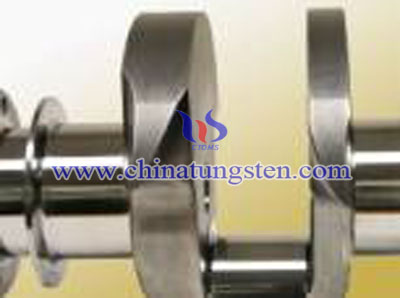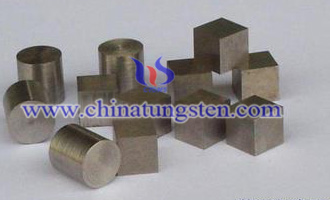The barrel forms the main part of a dart. When we are
speaking of "buying a (new) dart" we mean getting a new dart barrel.
Nowadays barrels are available in almost every possible shape, with a
wide selection of knurl or rings on the surface for a comfortable and safe grip.
The main tungsten dart Barrels' Shapes are: - cylinder
- ton
- torpedo
The selection to the left shows tungsten dart barrels with 2 threads (soft tip), to the right are fixed-tip steel tungsten dart barrels.
It's not possible to say which one
is the "right" one. Based on a very theoretical reasoning the long
cylindrical tungsten dart barrels could be the best of them because it
is the slimmest and allows the tightest grouping. Good for 140s and
180s. But this reasoning doesn't help you when you are not able to
handle such a barrel. Selecting the right shape is a matter of
personal preference. Choose what feels comfortable for you. This is
much more important than an abstract or "academic" reasoning about
theoretical advantages or disadvantages of some shapes.
We appreciate very much to receive
your particular designs, and always try all out to meet any specific
requirement. The motto for our company is that, there never be minimum
order, but any one could bring to us the most potential buyer.





